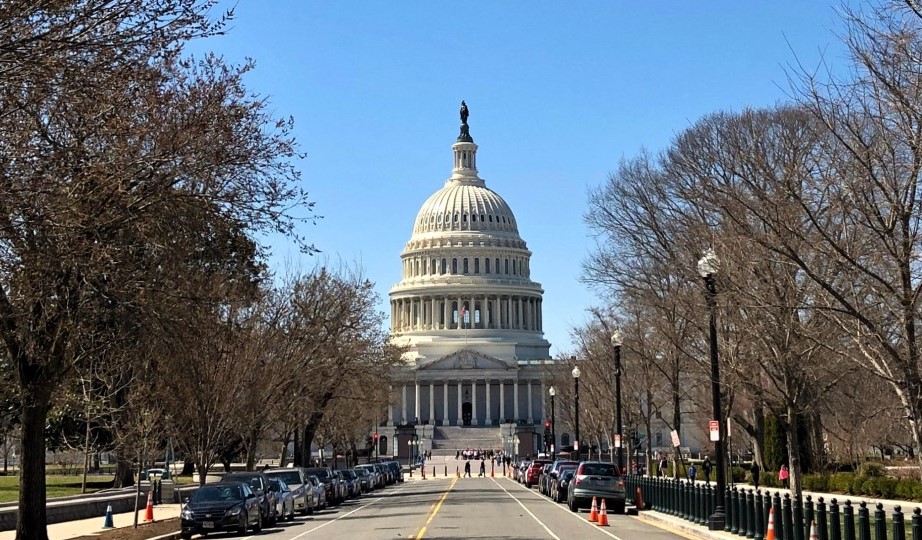
Construction cases are rarely tried before juries for a number of reasons, chief among them the fact that business owners typically prefer to have their disputes resolved by seasoned arbitrators or judges. Indeed, standard contracts usually reflect the industry’s widespread aversion to courtroom litigation by requiring arbitration. Even in contracts that allow for litigation, sophisticated contracts universally require waivers of jury trials.
Why? Not only are jurors inherently unpredictable, but anything can go wrong in a jury trial. A shocking display of this is highlighted in this issue’s case, Lake Hills Investments LLC v. Rushforth Construction Co. Inc. Here the Washington Court of Appeals recently overturned a $9.6 million verdict awarded to the contractor because a single instruction given to the jury was found to be incorrect.
The Case
The disputes in this case arose from the construction of a mixed-use project in Bellevue, Washington, that combined retail, residential, and commercial development. Lake Hills Investments LLC contracted with AP Rushforth Construction Co. to build the project in four phases over two years. AP began work in 2013, and the construction was beset with numerous delays.
In November 2014, Lake Hills notified AP that it was in breach of the contract schedule and blamed AP’s management practices and insufficient job site staffing. Lake Hills also began identifying work it considered defective, such as excessive cracking in the concrete garage floor slab.
AP blamed the delays on Lake Hills reducing its pay applications, making it difficult for AP to hire and retain subcontractors. AP blamed construction defects on Lake Hills having provided “a sketch” or “a concept” rather than buildable designs.
The relationship between the two companies deteriorated, and in late October 2015, Lake Hills sued AP for breach of contract, asserting defective work. AP stopped work a few weeks later and filed its own breach claim, asserting underpayment.
In 2018, 24 witnesses testified during a two-month jury trial of the case. With respect to the allegation of defective work, the owner’s concrete expert testified that excessive cracking in the garage slab was caused by late and deficient saw cuts to the concrete as well as inappropriate placement of certain crack-control joints. The expert opined that the cracks were not the result of poor design. AP’s concrete expert testified that neither the saw cutting nor the crack-control joint placement caused the cracks, but rather that the plans and specifications themselves caused the cracking by requiring rebar as reinforcement through the slab.
Ultimately, the jury returned a mixed verdict. Lake Hills was found responsible for the vast majority of the delays and for breaching the contract by underpaying. On the question of defects, the jury found that AP performed defective work on six of the eight areas and awarded the owner damages. However, the jury found that in two areas, although AP was liable, the plans and specifications were defective and caused the defective condition. Ultimately, the court awarded AP a net judgment of more than $9.6 million, including nearly $6 million in attorneys’ fees and costs.
The Appeal
Lake Hills appealed, claiming the trial court issued erroneous jury instructions in three respects. The first concerned the instruction associated with AP’s affirmative defense that alleged defective plans and specifications served to absolve AP of responsibility for Lake Hills’ defective work claims. The court had instructed the jury as follows:
For its affirmative defense, AP has the burden to prove that Lake Hills provided the plans and specifications for an area of work at issue, that AP followed those plans and specifications, and that the [construction] defect resulted from defects in the plans or specifications.
If you find from your consideration that this affirmative defense has been proved for a particular area, then your verdict should be for AP as to that area.
Lake Hills argued on appeal that the instruction had a glaring omission — that the word “solely” was missing from the instruction. Lake Hills’ position was that this instruction did not properly state that AP’s legal burden was to prove that the alleged construction defect resulted solely from defective or insufficient plans or specifications.
The Court of Appeals agreed, stating: “Proof of any defect in the plans and specifications for that area contributing to a construction defect would let AP avoid all liability for that area even if Lake Hills proved AP’s deficient performance caused some of the damage. This instruction incorrectly understated AP’s burden of proof.”
The appeals court went on to state that for the two defective work areas for which the jury awarded no damages, there was evidence of both deficient performance by AP and defective plans and specifications by Lake Hills.
The court reasoned that the instruction allowed the jury to absolve AP of all liability for an area even if only part of the defective work resulted from poor plans and specifications. The instruction was found to have misstated the law and to be a reversible error. Inclusion of the word “solely” would have adequately stated the law and avoided a remand.
The Court of Appeals also addressed Lake Hills’ other two claims of erroneous jury instructions. Lake Hills challenged an instruction given to the jury regarding its assessment of liquidated damages against AP and whether the jury was properly advised on the concept of apportionment. The appellate court reasoned that the jury instruction did not reflect the contract because it excused AP from delay days due to its own delays. However, it did not misstate the law, the court found. Moreover, there was no prejudice toward Lake Hills. Accordingly, the appeals court ruled that the jury instruction was not a reversible error.
Lake Hills also argued that the instruction given to the jury regarding AP’s cessation of work was incorrect as it related to Lake Hills’ alleged nonpayment. However, like the liquidated damage instruction, the appeals court found that the erroneous instruction was harmless.
The Analysis
When a jury is charged to begin its deliberations, dozens upon dozens of jury instructions are read to the jurors by the presiding judge. The process can take hours. The precise language of jury instructions is usually a hotly contested element of any trial, as it serves as potential grounds for appeal for either side. Because the appeals court found a reversible error here, the case was sent back for a new trial to take place.
This means that not only will the parties have to go through another lengthy trial, but they will also undergo another discovery phase. The parties already exchanged 1 million documents in preparation for the first trial and conducted close to 60 depositions. They will now be required to participate in all the pretrial activities leading up to a second jury trial of that same significant length. The costs are bound to be absolutely astronomical.
What is most shocking is that for the most part, this case involved a fairly straightforward Spearin doctrine-type defense. The owner alleged defects, and the contractor argued in response that it built to the plans and specifications. The Spearin doctrine says that a contractor who follows the design given to it will not be responsible for damage that results from defective or insufficient plans.
In Washington state, however, the law is that the contractor must prove that the damage resulted solely from the bad design. Because of that one word missing from that single instruction, the parties will perhaps spend millions more dollars to correct the error.
This is why construction litigants typically stay far, far away from jury trials.
This article first appeared in the May/June 2021 issue of Civil Engineering as “It Takes Only One Word: Why the Construction Industry Avoids Jury Trials.”





